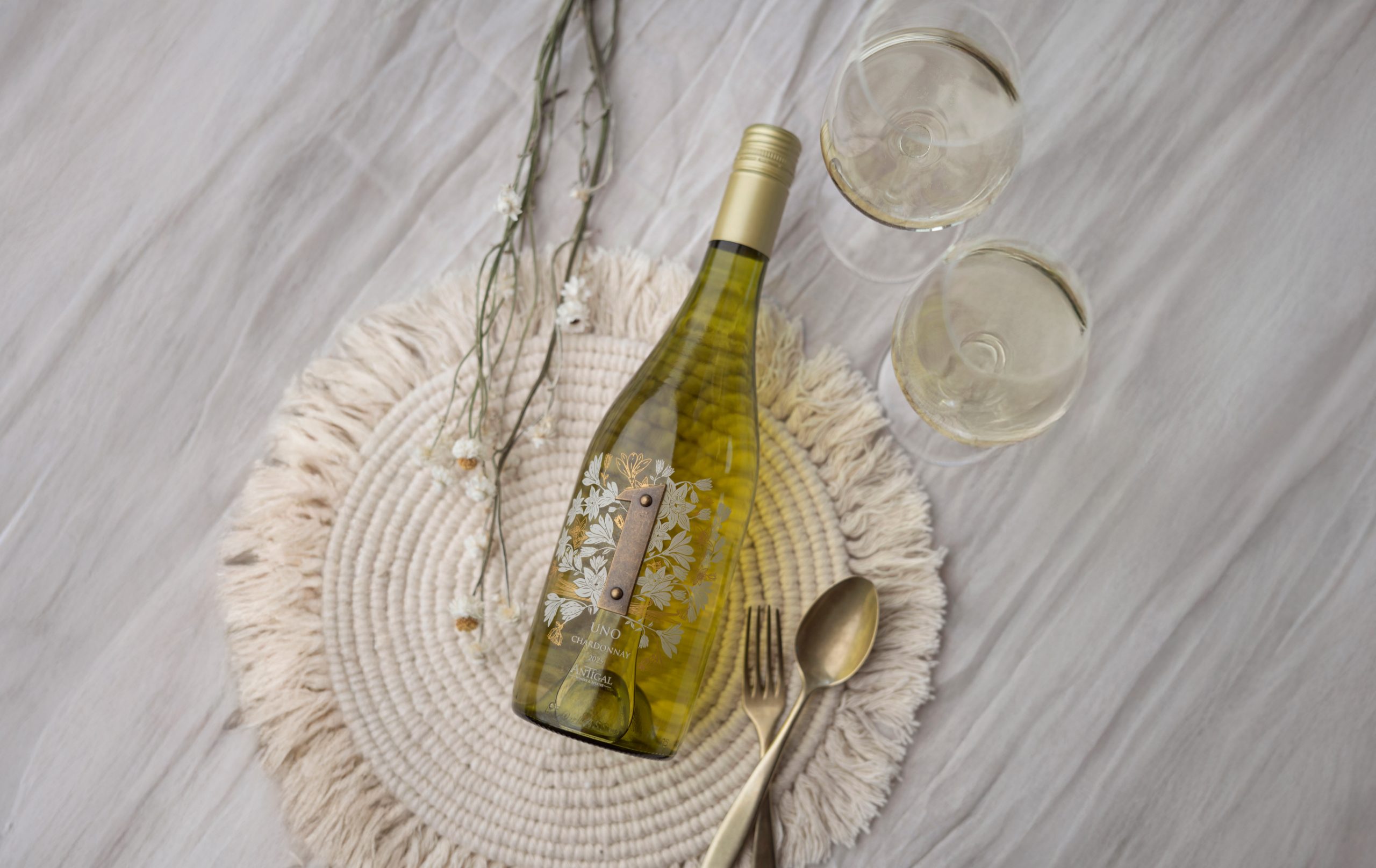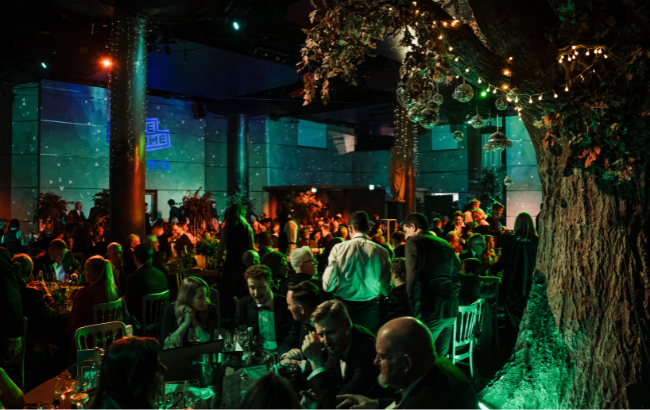db Reader: What the UK needs to know about the hard seltzer revolution
Big breweries are clawing market shares back by swapping beer for hard seltzers, according to Dan Hooper, co-founder and director of client services at alcohol marketer YesMore Agency, but how long can the trend last?
Big beer has had quite the identity crisis over the last decade. The threats from craft and the declining appetite for drinking among younger consumers have posed a challenge which big beer has tried to answer in innovative ways.
Budweiser, for example, has tried to tap the craft trend by releasing a limited edition beer for the anniversary of the moon landing last April, and a new ‘reserve copper lager’. Others have changed their beer altogether (hi, Carlsberg!) to focus on flavour.
But of all the roads for beer brands to go down, this is one I didn’t see coming.
Hard seltzer. Or, to translate: alcoholic, low calorie, low carb flavoured fizzy water. Launched predominantly by, or in competition with, beer brands.
In the US, the category has boomed across 2018-19, with dollar sales growing in triple-digit figures throughout this year. The Boston Beer Company (makers of Sam Adams) is the second-largest craft brewer in the world. But since launching its Truly hard seltzer brand in April 2016 the company now sells more hard seltzer than it does beer – and Truly makes up almost a third of the entire US hard seltzer market share.
Unlike beer, hard seltzer appeals almost equally to (predominantly young, health-conscious) men and women. Pabst Blue Ribbon, Corona, Bud Light and Natural light are all launching or have launched a hard seltzer. It’s simply huge – and it’s cutting into the beer market like nothing before it.
As a Brit living and working in the States and the US half of YesMore Agency (my business partner Tom and most of our team are based in London), the rise of hard seltzer has been fascinating. I don’t think I’ve encountered a category boom quite like this before in my career.
So clearly, hard seltzer is huge. But how will it make its way across the Atlantic? And how will brands win in this sector when they arrive? Here are our top five observations on this curious category.
1. Hard seltzer will be a global trend
First of all – this isn’t something we’d suggest dismissing as an American craze. Things that are massive in the States don’t always make their way over here, but this has already started, and will likely be big.
There is a market for the product – though it’s not the same market as in the States. So when it hits the big time over here, it won’t look the same – and it may not be called the same thing…
2. Hard seltzer won’t be called hard seltzer everywhere
On that note… Naming. The drinks that have launched over here so far have mostly (but not all) changed their name – some are opting for ‘alcoholic soda’, or ‘hard sparkling water’ though neither quite have quite the same zing as ‘hard seltzer’.
Hard seltzer is also called spiked seltzer in the US – and neither ‘hard’ nor ‘spiked’ has a resonance with audiences in the UK. And seltzer… Alka Seltzer, anyone?
Partner Content
But it’s tricky to come up with much better, which is a challenge. Hard seltzer might stick – but that would limit the opportunity for the category (it’s hardly something you could imagine ordering at Wimbledon, even if the drink itself – refreshing, low ABV, not too sweet – would be appealing). It’s essentially an alcoholic soda pop, or alcopop if you will.
Our feeling is that it will likely be called hard soda. It’s still Americanised but more palatable than ‘seltzer’ to the British tongue.
The real winner though will enter the market with a brand led name – in that, the biggest brands will become the category’s ‘Hoover’, ‘Coke’, or (Aperol) ‘Spritz’ which is the only cocktail with a brand name in its title in Britain’s top 10 cocktails. Those brands that get in there now with a great name will become the category definers, and the easy bar call in a crowded pub.
3. Hard seltzers will have different audiences in the uk
And while we’re talking of pubs: the drinking occasion in the UK will look very different
to the US. The core markets will likely be the same: younger people, the health-conscious and those who are looking for a lower ABV /session alternative to beer. But those people aren’t drinking these products in the same way on both sides of the Atlantic.
In the US, a lot of sales are in the same places we see lite beer consumption: sports and
pre-games, BBQs, house parties, hiking/camping with friends. Places you might want a cool drink on a hot day – something lower ABV and more ‘sessionable’ than wine. So there will be some parallels in the UK – music festivals and summer sporting events for
example – but Britain just doesn’t have as many seven hour sports games in the baking heat as the States.
Any UK brand will need to ensure year-round appeal, so expect to see this on offer more at
clubs and bars (where you might have previously seen Bacardi Breezers in the fridge) than at sports events. As the market develops, you might expect to see a range of brands – so one targeted at students; another, higher end brand as an alternative to Pimms
at the tennis/cricket and a third with broad appeal as an option in pubs for a night out. (And frankly, there’ll likely be many more than this.)
4. Hard seltzers will create a whole new category of branding for alcoholic drinks
Branding, marketing and the health angle will be challenging.
Though the market is definitely there in the UK, the challenge with hard seltzer is communicating what exactly it is, and why you might want to drink it. The liquid itself is generally visually unremarkable – and it’s been unashamedly produced for profit – so the external branding really comes into play here.
In the States, the packaging design for these drinks generally falls somewhere between beer, soft drink and a post-yoga health drink. Which isn’t a bad assessment of what these brands are aiming for. Communicating the health /low cal/low carb/low ABV angle to UK consumers will be vital, but of course, brands will need to tread carefully in order to stay well within the Portman Group guidelines on health claims and alcoholic drinks. If in doubt, ask.
5. Hard seltzers are coming soon, really soon.
2020 will be the start of the UK hard seltzer/alcoholic soda boom. Though we’re currently in the depths of winter, we would expect to see a huge number of new product launches in this sector next spring. There’s a short window now for brands to get everything ready; secure distribution, educate consumers, etc, for venues to list products – because those that win in 2020 will come to define the UK market.




